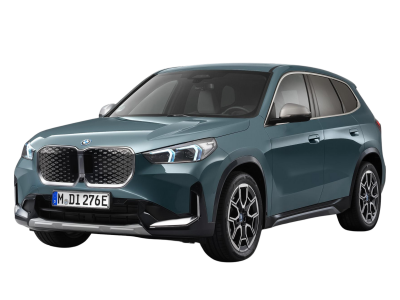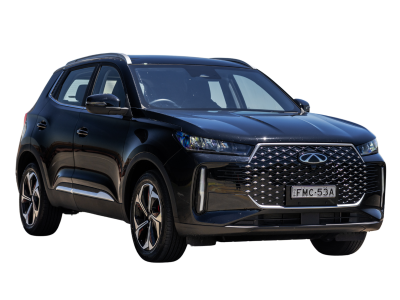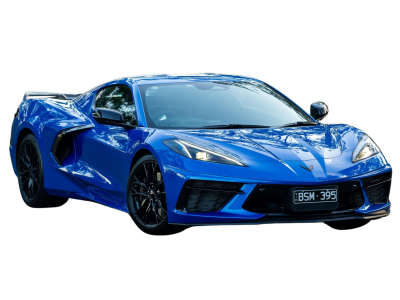Luxury mid-size SUVs represent the sweet spot for Australian families who want genuine premium quality without stepping up to massive three-row vehicles. These SUVs combine family-friendly space with sophisticated technology, refined ride quality, and the elevated driving position that makes them so popular on Australian roads.
The best luxury mid-size SUVs excel at multiple roles; they're comfortable for long highway trips, refined enough for daily commuting, and spacious enough for family adventures. Premium materials, advanced safety tech, and strong and smooth performance are essential, but so is real-world practicality.
Here are Australia's top luxury mid-size SUVs that master the art of premium family transport.
Australia's Best Luxury Mid-Size SUV

Best Choice
Genesis GV70
The Genesis GV70 combines exceptional value with striking design, premium materials and impressive tech features, plus outstanding aftersales provisions.

Finalist
Lexus NX
The Lexus NX offers premium design and technologies in a family-friendly mid-size package, backed by efficient hybrid options and the peace of mind that comes with Lexus' reputation for quality and dependability.

Finalist
BMW X3
The BMW X3 combines BMW's renowned driving dynamics with practical family-friendly space, and also offers excellent build quality and engaging performance that sets the benchmark in the luxury mid-size SUV segment.
Compare 2025’s Best Luxury Mid-Size SUV
Explore our top picks for Best Luxury Mid-Size SUV this year, with side-by-side comparisons to make your choice easy.


























